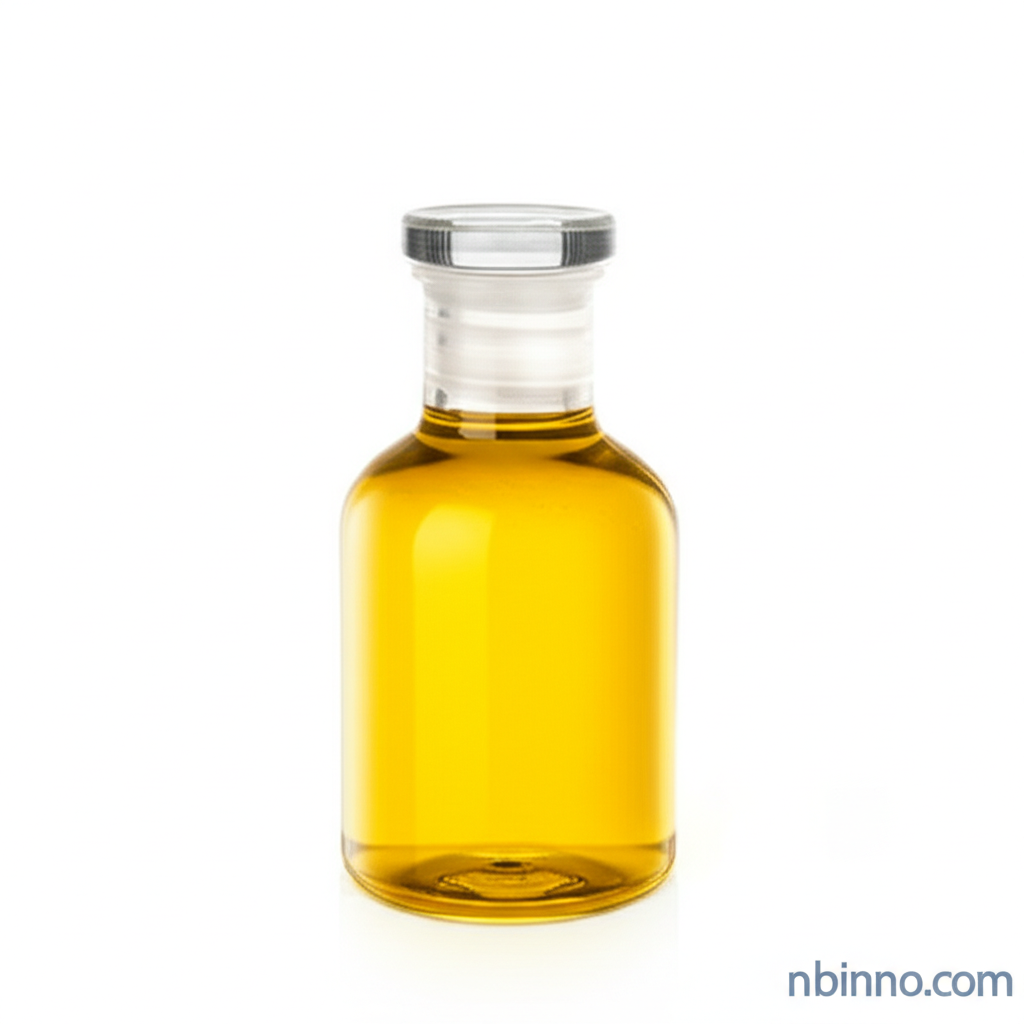2,3,4,5-Tetrafluorobenzoyl Chloride: A Versatile Intermediate for Organic Synthesis and Advanced Materials
Discover the indispensable properties and diverse applications of 2,3,4,5-Tetrafluorobenzoyl Chloride, a cornerstone chemical for innovation in pharmaceuticals, agrochemicals, and material science. Explore its role in creating advanced fluorinated compounds.
Get a Quote & SampleProduct Core Value

Tetrafluorobenzoyl chloride
As a reliable supplier and manufacturer in China, we offer high-quality 2,3,4,5-Tetrafluorobenzoyl chloride, a critical component for advanced chemical synthesis. Its unique structure makes it an invaluable building block for introducing fluorine atoms, leading to compounds with enhanced lipophilicity and metabolic stability, crucial for developing next-generation pharmaceuticals and agrochemicals. We pride ourselves on consistent quality and product integrity.
- Leveraging 2,3,4,5-Tetrafluorobenzoyl chloride synthesis expertise, we provide high-purity intermediates vital for complex organic chemistry.
- Explore the diverse 2,3,4,5-Tetrafluorobenzoyl chloride applications in creating novel fluorinated organic compounds with unique properties.
- Understand the key CAS 94695-48-4 properties that make this compound essential for precision chemical manufacturing.
- Benefit from our reliable supply of tetrafluorobenzoyl chloride, ensuring seamless integration into your research and production workflows.
Advantages Offered
Enhanced Reactivity
The presence of fluorine atoms in the tetrafluorobenzoyl chloride structure significantly enhances its reactivity as an acylating agent, facilitating efficient incorporation into target molecules for superior 2,3,4,5-Tetrafluorobenzoyl chloride synthesis outcomes.
Versatility in Synthesis
This compound is a cornerstone for 2,3,4,5-Tetrafluorobenzoyl chloride applications, serving as a key intermediate in the production of a wide array of pharmaceuticals and agrochemicals, contributing to the development of innovative products.
Tailored Chemical Properties
Utilize the specific CAS 94695-48-4 properties to impart enhanced lipophilicity, metabolic resistance, and thermal stability to your final products, a critical advantage in demanding scientific research.
Key Applications
Pharmaceutical Intermediates
As a vital 2,3,4,5-Tetrafluorobenzoyl chloride intermediate, it is crucial in synthesizing active pharmaceutical ingredients (APIs) where fluorination enhances efficacy and bioavailability, supporting precise pharmaceutical synthesis.
Agrochemical Development
The compound's unique structure is leveraged in the agrochemical sector to develop new pesticides and herbicides with improved potency and environmental profiles, a key aspect of modern agrochemical development.
Material Science
Tetrafluorobenzoyl chloride is employed in creating specialty polymers and advanced materials, benefiting from enhanced thermal and chemical resistance, vital for high-performance applications in electronics and aerospace.
Organic Synthesis Reagent
Its role as an acylating agent makes it indispensable for various organic synthesis reactions, allowing chemists to introduce the tetrafluorobenzoyl group, thereby contributing to the broader field of fluorinated organic compound synthesis.
